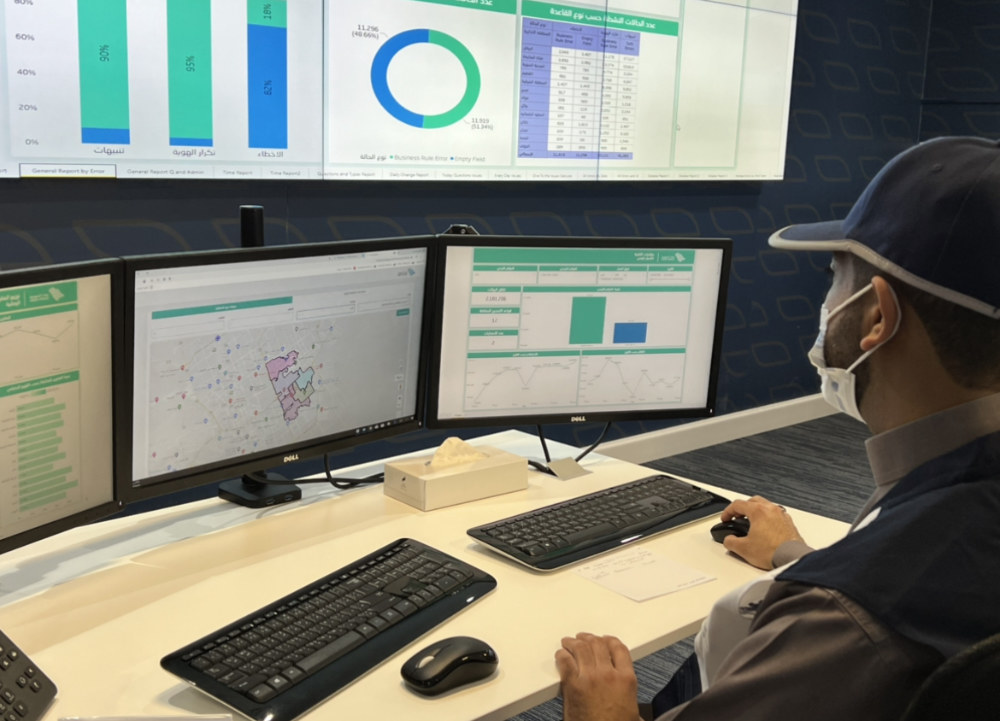The General Authority for Statistics recently published the Kingdom’s population census results for 2022, revealing both encouraging developments compared to the previous census conducted in 2010 as well as challenges facing sustainable development.
To ensure the accuracy of census data, the General Authority of Statistics — the Kingdom’s only official reference for statistical data — used technology including satellite imagery, artificial intelligence, and interactive maps. Also, it allowed the use of digital self-enumeration, a new method of collecting data through the General Authority of Statistic’s publicly accessible portal.
Among the encouraging results was population growth, from 24 million in 2010 to 32.2 million in 2022, showing an increase of 34.2 percent and an average annual growth rate of 2.5 percent.
The number of Saudis citizens grew from 14 million to 18.8 million, with a growth rate of 33.8 percent, while the non-Saudi population grew from 9.9 million to 13.4 million, with a growth rate of 34.7 percent.
The average age of the Saudi citizen is 25 years old, and the percentage of Saudis under the age of 30 is 63 percent, an encouraging indicator as it supports one of the main objectives of the Kingdom’s Vision 2030 — that of being a dynamic society.
Such a high population growth rate in the Kingdom needs to be supported by the expansion of essential public services, such as roads, water and electricity supplies and other services, including health and education.
Since the launch of Vision 2030 in April 2016, the Kingdom has witnessed rapid technological, social, and economic transformations, with major impacts on the population’s future development needs, which should be evident in the upcoming census.
Census is a useful tool, enabling government planners and policymakers to develop a comprehensive strategy that keeps pace with urban development and fulfills the future needs of any expected population increase.
It also contributes to setting development plans and providing more public services, such as health, education, and transportation services.
The results of the 2022 census also reveal a challenge, however, to the development in Saudi Arabia, since the population growth rate of 2.5 percent in the Kingdom is two and a half times the global population growth rate.
According to a new report published by the UN, population growth has declined globally to less than 1 percent annually for the first time since 1950.
Such a high population growth rate in the Kingdom needs to be supported by the expansion of essential public services, such as roads, water and electricity supplies and other services, including health and education.
Also, being a young society creates a challenge for both the government and the private sector to create jobs.
I believe that the Saudi Vision 2030 focus on creating an environment that unlocks business opportunities and broadens the economic base will overcome such challenges. For example, the jobless rate among Saudi citizens fell to 8 percent in the fourth quarter of 2022 from 9.9 percent in the previous quarter, and over 2.2 million citizens are working in the private sector, which is the highest number achieved in the Kingdom’s history.
• Talat Zaki Hafiz is an economist and financial analyst. Twitter: @TalatHafiz


 Why census is essential for Saud Arabia’s Vision 2030
Why census is essential for Saud Arabia’s Vision 2030 








